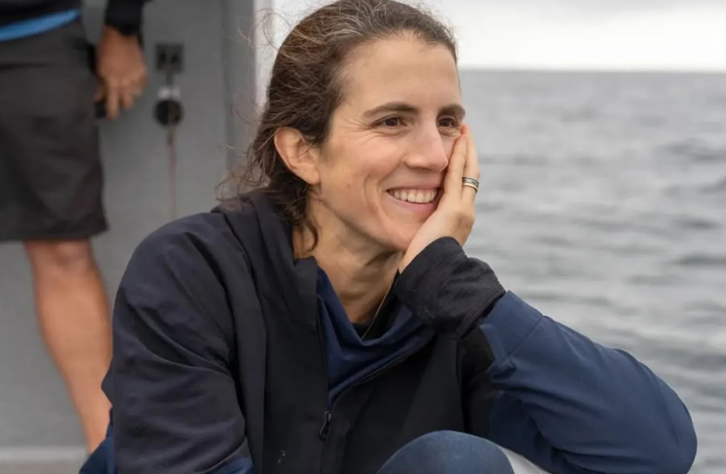This American Inventor Was Turned Into a Frisbee After He Died

© Oskar Kadaksoo / Unsplash
Have you ever heard of an inventor becoming what he invented? To let your legacy live on forever? The legendary inventor behind the frisbee managed to get his dying wish. The inventor was turned into a frisbee and his remains are still part of the toy to this day. But, how did he make this decision and why was this his ultimate wish?
Who Is the Inventor Who Was Turned Into a Frisbee
Steady Ed Headrick, the innovative Californian inventor was credited with revolutionizing the flight dynamics of the Frisbee. However, he has sadly passed away at the age of 78. Headrick, who discovered a method to make the Frisbee soar with speed and precision, died peacefully in his sleep at his La Selva Beach, California residence. His son Ken Headrick confirmed the news to the Santa Cruz Sentinel.

He succumbed to two strokes during his attendance at the Professional Disc Golf Association Amateur World Championships in Miami in 2002. Headrick then returned to California after doctors indicated a likely deterioration in his health due to high blood pressure. Despite no plans for formal services, the family has honored Headrick’s legacy by transforming his ashes into a limited number of “memorial flying discs.”
The Frisbee Inventor
Ed Headrick, often hailed as the “father of the modern Frisbee,” made invaluable contributions to perfecting the beloved flying disc during his tenure at Wham-O Inc. in 1964. The Frisbee has its roots traced back to the Frisbie Pie Company in Bridgeport, Connecticut. Students at Yale University used round metal tins as toys in the late 19th Century and underwent a transformative phase with the advent of industrial plastics.

Following World War II, inventor Walter Morrison embarked on refining a plastic version of the toy. He created the “Pluto Platter” prototype, a plastic mini-flying saucer. However, the initial design proved to have a less-than-ideal flight, characterized by instability. This is where Ed Headrick, immersed in research and development at Wham-O, entered the picture.
The Modifications Afterwards
Recognizing the potential of the Frisbee concept, Headrick revisited the design and introduced crucial modifications. He added aerodynamic ridges to the top of the disc. This was a groundbreaking innovation that significantly enhanced its flight capabilities and stability. This adjustment marked a turning point in the evolution of the Frisbee. However, it also solidified Headrick’s legacy as a key figure in creating the modern and widely cherished flying disc enjoyed by generations of college students and enthusiasts worldwide.
What Happened After His Death?
Ed Headrick’s passing prompted a statement from the Disc Golf Association expressing the collective hope for a miraculous recovery that would see him back in action with his beloved discs. However, acknowledging the reality of his departure, the association noted that Ed’s spirit would endure in the hearts and souls of those who admired him. Ed Headrick is survived by his wife, along with several children and grandchildren.
In a poignant interview with the Santa Cruz Sentinel the previous year, Headrick reflected on the unique allure of the Frisbee. He recognized it as one of the simplest yet profoundly successful toys ever created. He attributed a special spirit to the Frisbee, emphasizing it’s more than just a tool for catch but a conduit for the beauty of flight. Headrick humorously described the Frisbee community as ‘Frisbyterians,’ playfully envisioning an afterlife where, instead of purgatory, enthusiasts would land on a roof and lay there, a testament to the enduring and lighthearted spirit he brought to the world of Frisbee.
What do you think of this specific dying wish?
You might also want to read: Read All About It! First Newspaper Published in Britain


